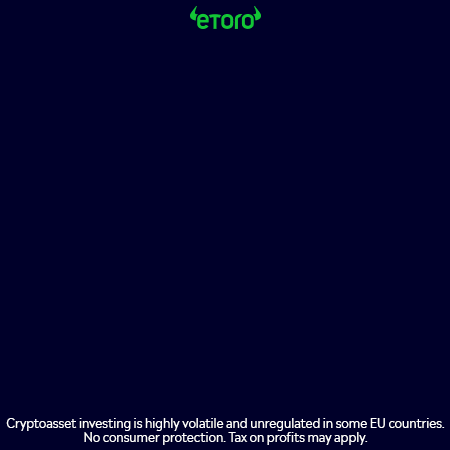Researchers’ model is able to complete in half an hour what would have taken a regular computer more than a human life.
The Bank of Canada is the first G7 country that has turned to quantum computing to simulate scenarios in which cryptocurrency and fiat currencies can co-exist.
The startup that is leading Canada’s research has reached a significant milestone. Their model can analyze more than one octillion scenarios in less than 30 minutes. An octillion refers to a 10, followed by 30 zeros.
Multiverse Computing has successfully completed their proof of concept. This combines blockchain data from stablecoin and Tether (USDT), which are tied to the U.S. Dollar, and public data from as many as 10 financial institutions. To arrive at realistic parameters, they also sought out experts from two of Canada’s largest banks.
Multiverse selected Tether as its model due to the fact that Tether, a stablecoin founded in 2014, has seen many market situations in its eight-years worth of blockchain data.
The majority of scenarios in the model indicated that adoption by non-financial institutions would be slow due to the upfront cost and knowledge required to convert fiat into a digital asset. It also allowed for simulation of how banks might react to the low cost of cryptocurrency transactions by reducing wire transfer fees.
Although the research has just reached proof-of-concept, there are no implications for Canada’s cryptocurrency regulations. Officials at the Bank of Canada say that being able use quantum computing models to simulate fiat and digital currencies competing for adoption and use is a significant step forward.
Maryann Haghighi (central bank’s director for data science) stated that they wanted to use quantum computing to solve a difficult research case. The collaboration allowed us to gain new insight into how quantum computing can help solve economic problems through complex simulations using quantum hardware.
In 2019, the Bank of Canada first reached out to Multiverse Computing because of their work in predicting financial crashes. The Sigularity software product development kit is the startup’s flagship product. It augments traditional financial quant tools such as Microsoft Excel or Python with quantum-level cloud computing.
According to Sam Mugel, Ph.D., Chief Technology Officer at Multiverse, cryptocurrency adoption simulations were a decision made by the central bank.
According to them, the Canadian economy is too stable for high probability of financial crashes. In a conversation, the computational physicist explained that any financial crash they predicted would likely be wrong. They said that they would look at something more volatile. Let’s take a look at crypto trades to predict crypto crashes.
The research shifted to examine the impact of regulations on crypto.
In contrast to earlier simulations, which could only include a handful of large banks, Multiverse uses its D-Wave Systems an annealer (a type quantum computer) to allow for as many as 10.
Quantum computers can be powerful at a scale that is difficult to explain if they are used in conjunction with standard PCs. Let’s take a look at the Marvel Cinematic Universe to get an idea.
When Dr. Dr. Strange is a hero who can manipulate time and space and looks into the future during a crucial moment in “Avengers: Infinity War.” He’s able to quickly consider 14,000 605 possible outcomes and determine the winner.
In this example, Dr. Dr. Strange can simultaneously run through millions of scenarios, which is similar to a quantum computer. Although a non-superhero (or in this instance a PC) could attempt that, he would need to take into account each possible outcome one at a time. It would take many years, as opposed to half an hour.
Mugel stated that their next steps will be to make the model more efficient and to simulate more variables in an economic environment.
He said that another area we looked at in our study was financial institutions exchanging currency. But what if we added in trading houses for cryptocurrency? “We could consider a three-way model for crypto adoption. The trading house, then the actual people adopting it.










